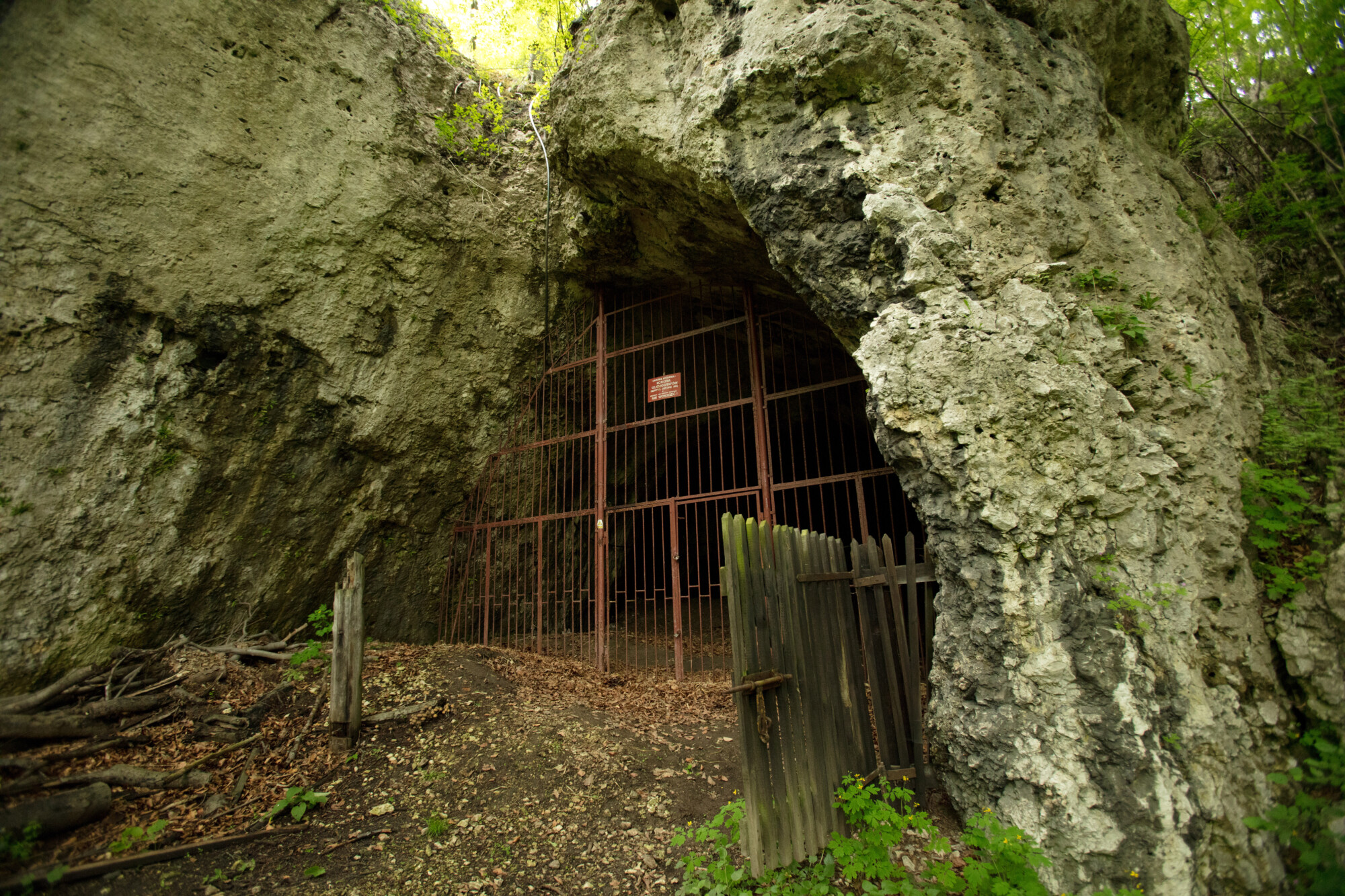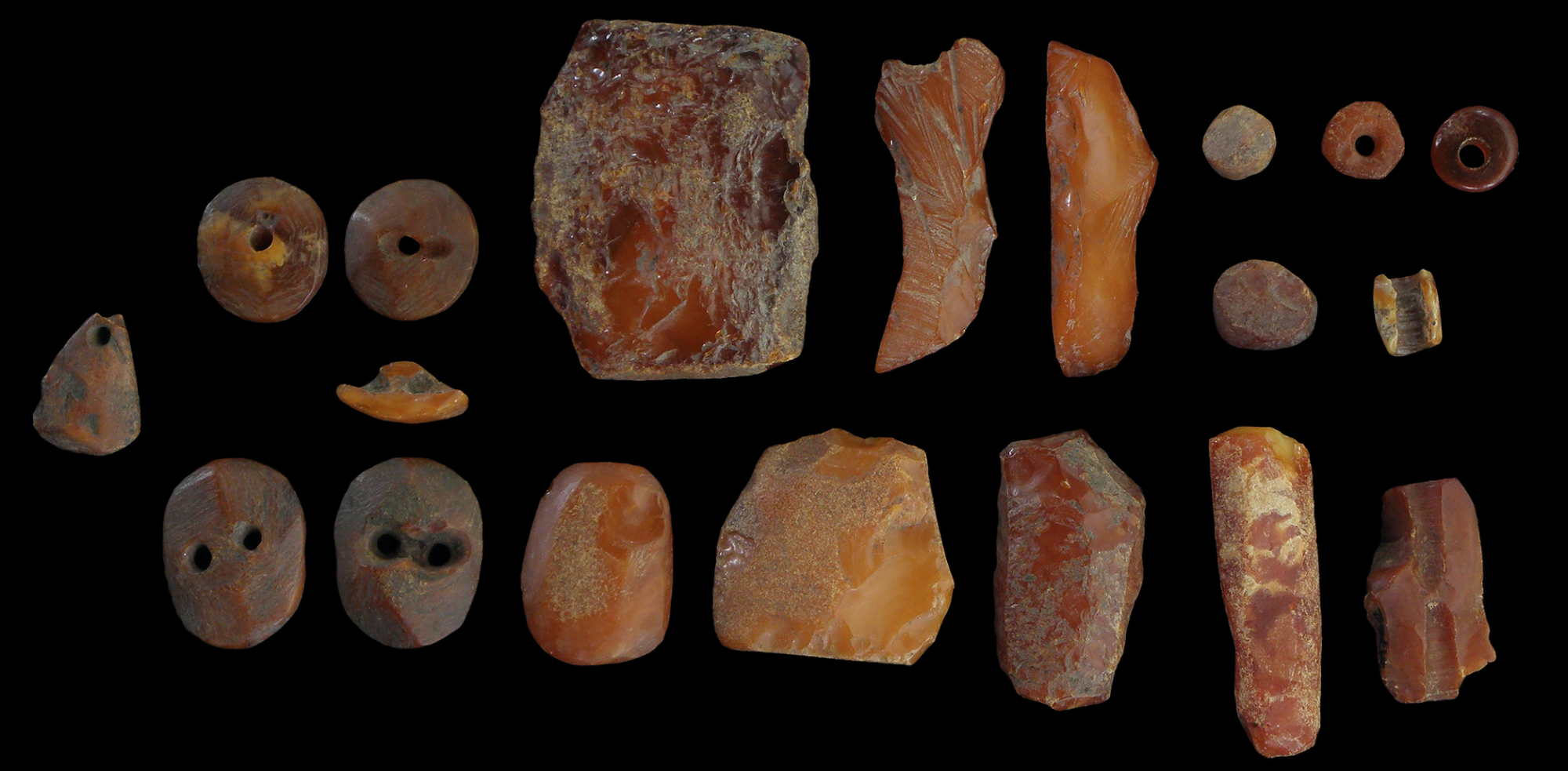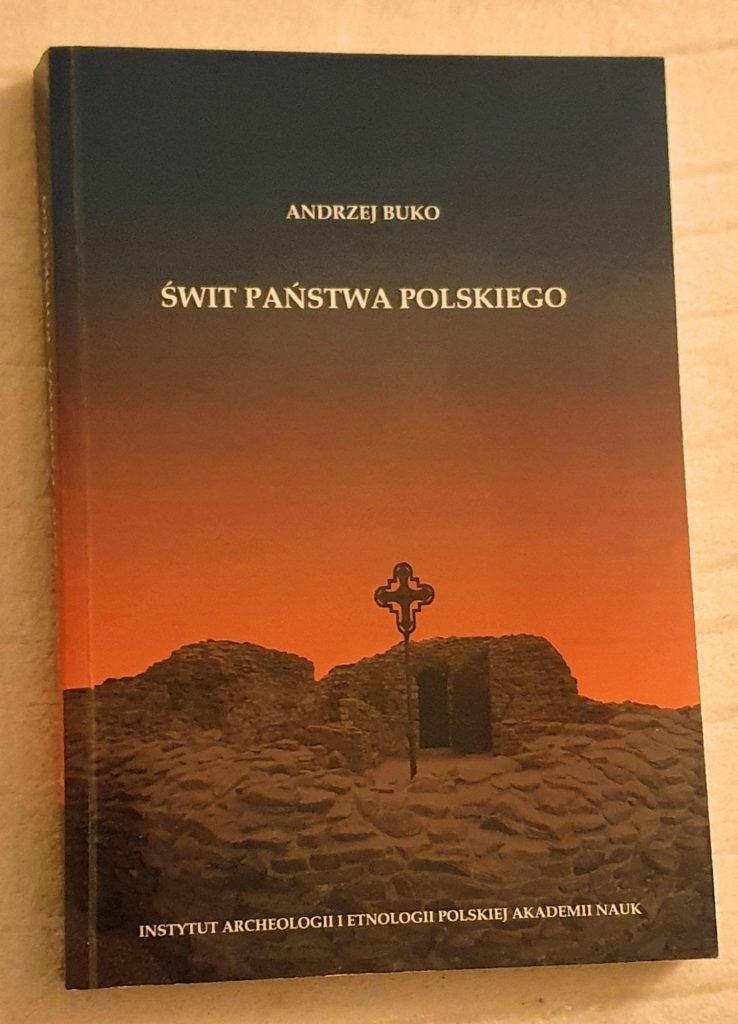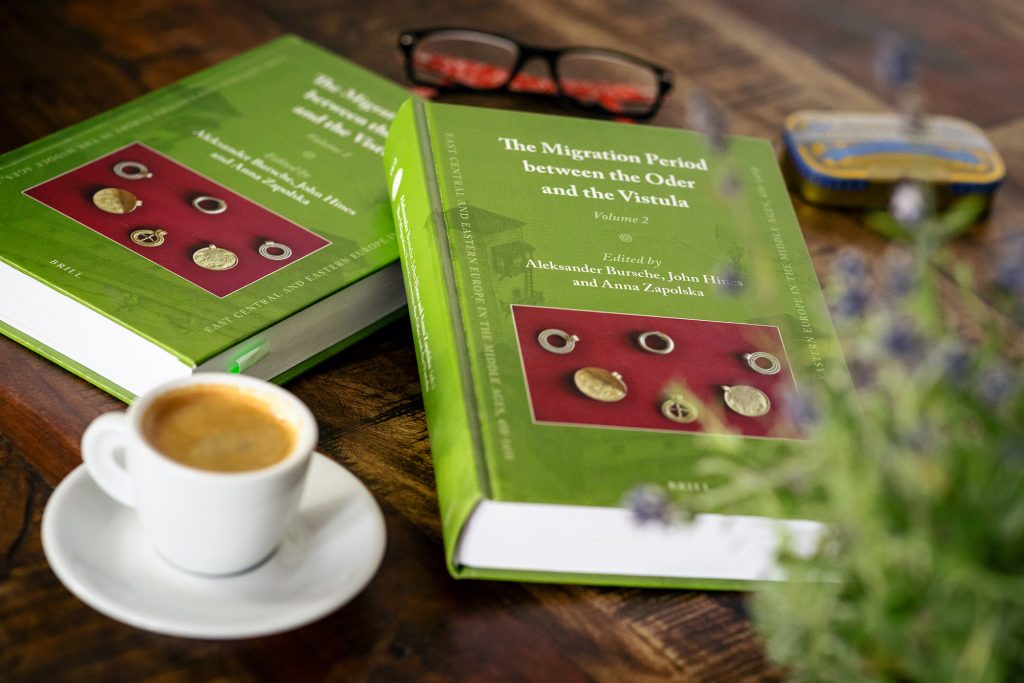This cave used to be a dwelling for the Neanderthals, a dance floor and a bowling club. In the past it was inhabited by humans and cave bears in turns. At some other time there was a pen for livestock. Hence the name – Koziarnia (goat barn)…

© M. Bogacki, CC BY-NC-SA 4.0 licence
Continue reading “Mysteries of Koziarnia Cave. Part one – turbulent history of the cave”





